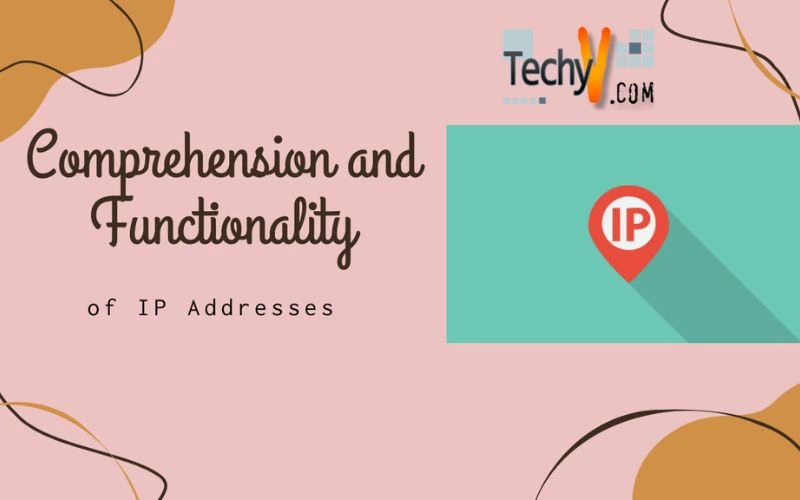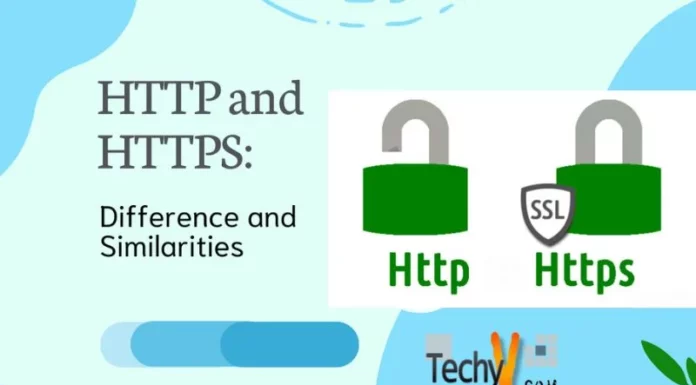Comprehending the IP Address and IP Address Lease
What is an IP Address?
An IP address is also known as the Internet Protocol address and it’s primarily a mathematical (numeric) tag. It is usually allocated to any device that contributes to a PC network and utilizes the Internet Protocol for the purpose of communication flanked by its nodes.

In other terms, we can also say that such addresses which are allocated to the devices are linked with a network following Internet Protocol (Internet).
There are two major functions of an IP address; these are location addressing and the recognition of network or host interface. We can categorize its role as name points to what we look for, whereas, an address points out its location. Similarly, the way points out the direction to reach there.
What is an IP Address Lease?
An IP address lease is basically the privilege to utilize an IP address, which is allocated by the DHCP for the time being. For instance, the lease has expired at the same time as the computer connected to the network; the DHCP automatically allocates a new address or renew it.
In other words, an IP address lease is a set timeframe, during which the IP address is held by the printer. After the expiry of leasing the timeframe, the printer requests the DHCP server for the renewal of its lease. Therefore, it is advised that the lease should always be set to ‘unlimited.’
The Functionality of IP Address Lease in Cloud Computing
When it comes to the functionality of IP address lease, there is a sticky IP, which is also known as the sticky dynamic IP address. It is basically an informal terminology, which is utilized by the DSL and cable internet access subscribers to explain an actively allocated IP address that hardly ever alters. Such kind of IP addresses are normally allocated along with the DHCP protocols.
As the modems are often turned on for a long span of time, the leased addresses are also established for longer periods and are rekindled when expired. Similarly, if the modem is powered off and turned on again earlier than the subsequent expiry of the leased address, it is expected that you’ll be entertained with the unchanged IP address.
On the other hand, if your IP address is linked with the NIC and the device is not able to correspond across the network, then you’re required to employ a different strategy from the usual one to fix the issue. Likewise, if you acquired the IP address from a DHCP server, then you can easily get rid of various issues on the spot. On the contrary, if the device is capable of leasing an IP address, then it is a clear indication that the networking card of your PC is working and the connection is also good.
Beware not to get deceived though. After you have leased an IP address through your PC from the DHCP Server, always remember that it will be valid for a certain amount of time. Just in case the machine has successfully leased a previous address, but the lease was still active, then it may indicate that the lease has been obtained by the machine and is already active on an IP address, which was obtained at some stage in the last session.
One of the best ways to certainly locate the current happenings is to employ commands like Ipconfig and renew and/or Ipconfig and release to dispose of the previous and obtain a new lease. Finally, the concept behind the static or elastic IPs in AWS is that it is easy for you to “reserve” an IP. In the next stage, you can allocate that particular IP to any instance of AMI that is active with you. Moreover, the allocation may also be altered to another instance any time, provided that it suits your needs and wants.
The IP We Receive to Connect to IAAS
When we talk of the IP that is required to connect to IAAS, there are so many traits to exploit as well as to explore in AWS and EC2. With the effective employment of the Infrastructure as a Service (IAAS), the developers can achieve enough control and flexibility when they’re to implement a solution.
It mainly deals with the software (OS, DB, app servers, etc.) and hardware (networks, servers, load equalizers, etc.). Amazon AWS is one of the biggest providers of IAAS as they keep a diversity of the matches of software and hardware that makes it easier to select one from.
Just assume that an IAAS cloud is used by an enterprise to connect in order to supplement its server potential for a limited time. Similarly, consider that the enterprise gives a value of 10.x.x.x personal addressing design for its all servers, as they’re interior to the enterprise. It’ll be good enough if the additional servers offered by the IAAS cloud were using the identical addressing design, which is the 10.x.x.x. This is when the IAAS cloud service provider would divide a piece of its public cloud to recognize a personal cloud for first enterprise. On the other hand, the personal cloud would be accessible as a LAN elongation to the servers’ first enterprise’s facts and numbers center. This is how IP addresses are acquired to connect to the IAAS clouds.
Machines Created in Clouds – Are they Free or Not?
The consumers usually select a configuration with the IAAS, which actually defines the size of the server, OS, app software etc. Furthermore, they’re responsible for the system repairs. For instance, you’re responsible to upgrade an Operating System, security patch and to install new apps or a db. In other words, you’re your own boss. Similarly, the IAAS offers full control and it has management costs, which are identical to a customary computing structural design.
When it comes to the EC2, it enables its users to hire PCs, so that they can run their own PC applications. It also allows variable use of apps with the provision of web services interface, by means of which the users can easily create virtual machines. For example, the server instances where the users are free to install any kind of software they want. The users also have the emancipation to create, launch, and conclude server instances as per their needs. But for this very purpose, they have to pay some amount as it is not cost-free.


















